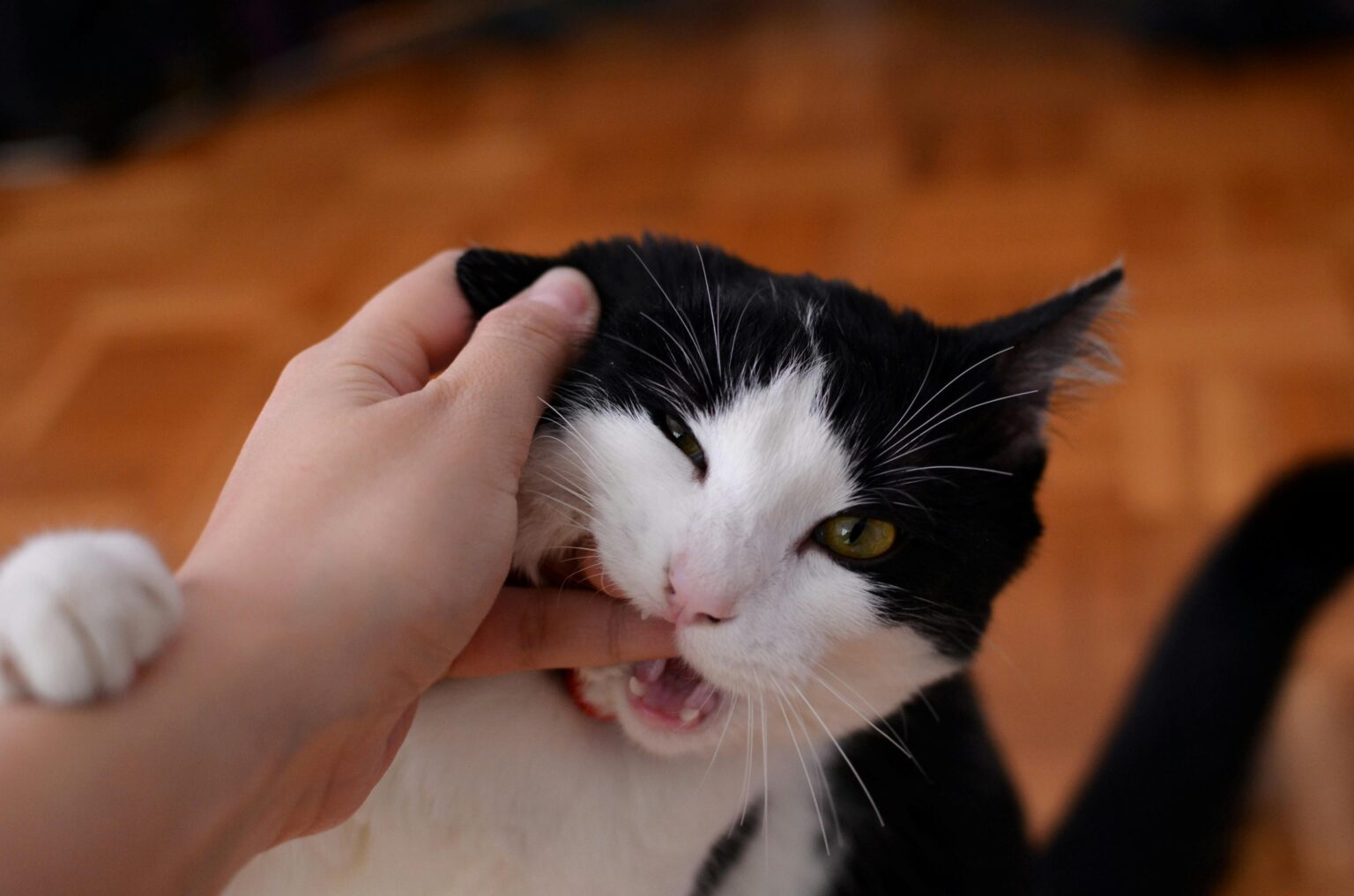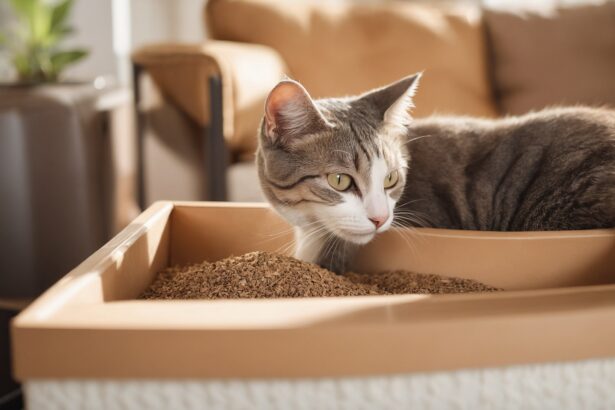Your cat bites to say “I love you”
Affectionate nibbles vs. real bites
Those soft little nips on your fingers? They’re often love notes in feline language. An affectionate bite is gentle, controlled, and usually paired with purring, slow blinks, or a quick lick.
- Sweet cues: tail up like a question mark, half-closed eyes, relaxed whiskers, and cheek rubs.
- What it means: your cat is bonding, grooming you, or inviting low-key play.
- Surprising fact: during social grooming, cats use their tiny front teeth to “comb” fur—your skin sometimes gets the same treatment.
How to respond without killing the vibe
Don’t yank your hand away—fast movement triggers chase mode. Instead, calmly offer a soft toy as a buffer and switch to gentle strokes on the cheeks or head.
- Gentle redirect: present a plush toy when the nibble starts.
- Keep sessions short: affection in small doses helps prevent overstimulation.
- Common mistake to avoid: tapping the nose or scolding can damage trust and raise stress.
Curious about other tender feline habits? Here’s why your cat licks you—and what it means: why your cat licks you.
When cuddles turn into “ouch”: petting overstimulation
Reading the early warning signs
Ever been mid-cuddle when your sweetheart suddenly bites? That’s often your cat’s tolerance threshold. Cats love affection, just not always for long.
- Subtle signals: ears angle back, tail twitches, skin ripples, pupils widen.
- Timing matters: many cats prefer short strokes—think cheek, chin, then pause.
- Stop before “too much”: breaks help your cat reset.
A practical petting plan
Try this easy trick: set a “three-stroke rule”—three slow strokes, then a one-second pause to check the tail and ears. If all looks relaxed, continue; if not, switch to play or let her rest.
- Calm hands: pet with a flat hand or a soft grooming glove; avoid repetitive back-to-tail strokes.
- Favor safe zones: cheeks, chin, base of ears; avoid belly unless your cat clearly invites it.
- Why it works: it respects sensory limits and prevents love from tipping into frustration.
Tail movements speak volumes during cuddle time—decode the signals here: cat tail language.
Stress or anxiety: bites that come out of nowhere
Spot the stress, soothe the bite
Stress bites are quick, unpredictable, and often paired with other tension signs. What changed in your cat’s world lately?
- Typical behaviors: over-grooming, hiding, sudden aggression, mealtime changes.
- Common triggers: a new pet, renovations, visitors, loud noises, disrupted routines.
- Astute idea: keep a “bite diary” noting time, place, and what happened just before—patterns reveal triggers fast.
Soothing strategies that truly help
Create quiet hideouts up high, play soft background sounds, keep meals and playtime predictable, and use pheromone diffusers if needed.
- Comfort corners: cozy caves, elevated shelves, and warm blankets.
- Reset routine: small, steady rituals calm anxious kitties.
- Helpful read: Cornell Feline Health Center explains feline stress and solutions: Stress in Cats – Cornell University.
Play or boredom: the “hunter’s” bite
Play-biting is normal—here’s how to guide it
Playful bites are light and come with bouncy body language—no growling, no stiff posture. Your mini panther is practicing pounce-and-grab skills.
- What to expect: short bursts of excitement, bunny kicks, and open-mouthed grabs on toys.
- What to avoid: don’t offer fingers as toys; it blurs the line between play and skin.
- Better outlets: wand toys, kickers, and food puzzles.
Beat boredom before teeth get involved
Short daily play sessions work wonders—think two or three five-minute hunts with a wand toy, ending with a treat or a meal.
- Rotate toys: hide and swap every few days to keep things “new.”
- Set a schedule: predictable play = fewer “attack the ankles” moments.
- Bonus tip: keep a small “bite-buffer” toy in your pocket during cuddles—present it the second teeth appear.
Wondering about chewing, too? Here’s a friendly deep dive into why cats chew and what to do about it.
Pain or health issues: when biting says “I hurt”
Clues your cat may be in pain
If biting is new, sharper, or linked to touch on a specific area, pain could be the cause. Trust your gut—changes matter.
- Watch for: hiding, flinching when touched, moving less, being grumpy around the litter box.
- Dental red flags: bad breath, drooling, dropping kibble, pawing at the mouth.
- Next step: a quick vet check can rule out dental disease, injuries, or joint discomfort.
Gentle care that supports comfort
Keep nails trimmed, offer soft bedding, and make resources easy to access—litter box, water, and favorite perches.
- Mouth-friendly choices: vet-approved dental diets or treats.
- Reduce jumps: add steps to the sofa or bed to spare sore joints.
- Learn the signs: here’s a helpful overview of common cat health problems.
Quick recap
Affection, play, stress, or pain—each reason for biting comes with its own clues. By watching the signals and guiding gently, you’ll protect both your hands and your bond.
FAQ
Why does my cat bite me gently while purring?
These are usually love bites or part of social grooming. Keep sessions short, pet the cheeks and chin, and redirect to a soft toy if teeth appear.
How do I stop my cat from biting during play?
Use wand toys, not hands. Keep play short and frequent, end with a snack, and rotate toys to keep the hunt exciting.
When is biting a sign of pain?
If the bite is sudden, sharper, and linked to touch on a specific area—especially face or back—call your vet, particularly if appetite or mood also changes.
Should I punish my cat for biting?
No. Punishment fuels fear and more biting. Stay calm, stop the interaction, and offer a toy or quiet time instead.







